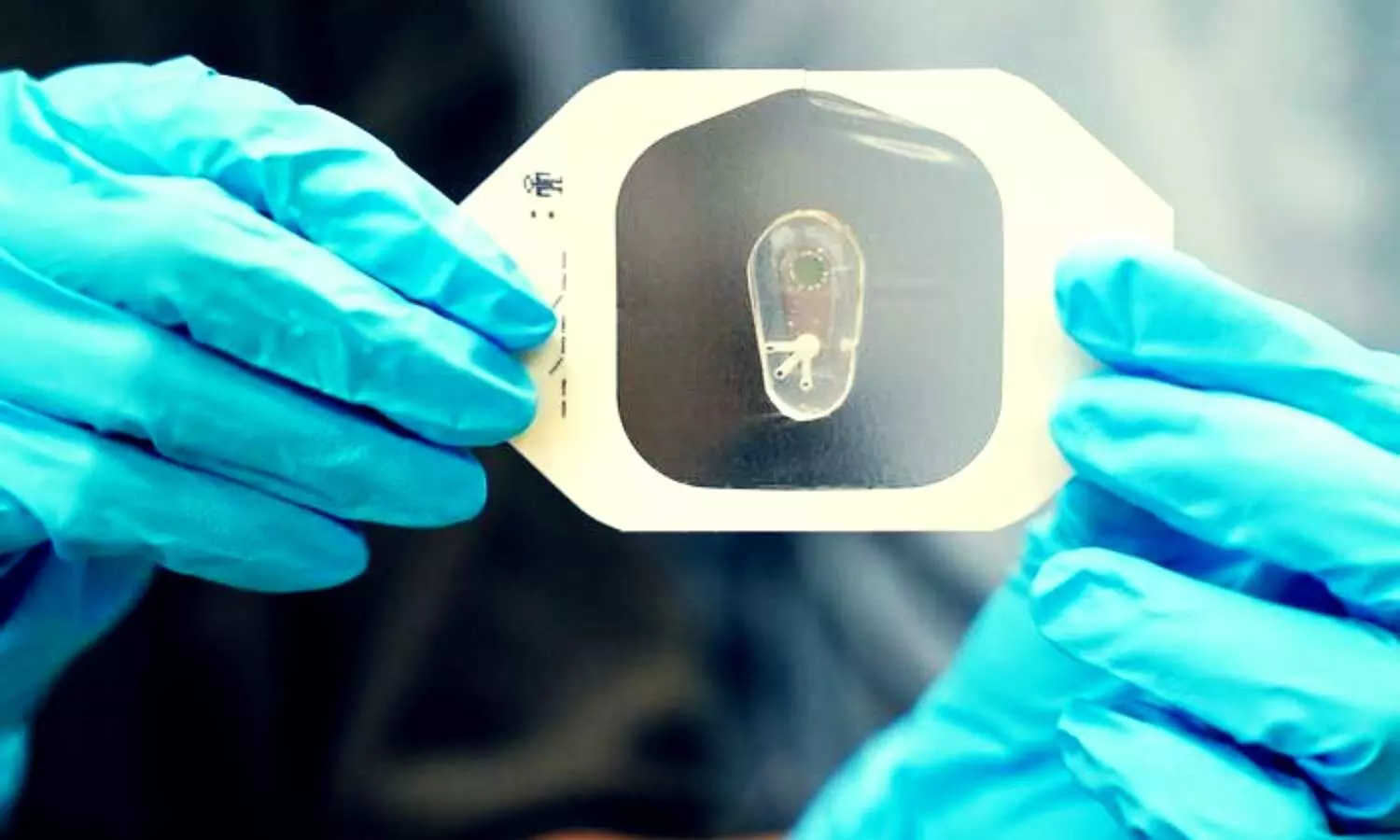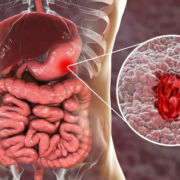Amino acid glutamine important for eye health, finds study

The retina places a large energy demand on the body, in part due to the activity of photoreceptors.
These specialized cells are responsible for receiving light and transmitting visual information to the brain.
Photoreceptor death is the cause of vision loss in many retinal diseases, and there are no effective therapies that improve their survival.
In a paper published in eLife, University of Michigan researchers studied the dependence of photoreceptors on glutamine.
Their results indicate that maintaining the balance of amino acids in these cells is important for photoreceptor health.
The energy requirements of photoreceptors make them vulnerable to small changes in metabolism.
Previous studies focused on glucose as the primary fuel source for these cells.
Currently, therapy that exploits photoreceptor dependence on glucose is being tested in a clinical trial for patients with retinal degeneration.
“Photoreceptors are one of the most metabolically demanding cells in the body, which led us to wonder whether they depend on fuel sources other than glucose for their survival,” said Thomas Wubben, M.D., Ph.D., assistant professor of ophthalmology and visual sciences.
“We looked at glutamine because it is the most abundant amino acid in the blood.”
Glutamine feeds into several pathways, helping cells build other amino acids, including glutamate and aspartate, protein and DNA.
To confirm glutamine’s role in vision, the researchers used mice that lacked the enzyme glutaminase, which breaks down glutamine into glutamate.
They compared these mice to control mice by measuring the thickness of their retinas.
Mice that lacked glutaminase had a rapid reduction in retinal thickness with loss of photoreceptor number and function.
Glutamine plays a role in several cellular processes.
To understand why glutamine is important to photoreceptor survival, the team measured the levels of different molecules in control mice and those that lacked glutaminase.
When mice lacked the enzyme, they had lower levels of glutamate and aspartate.
These amino acids, in turn, help the cells build proteins that are required for photoreceptor function.
The researchers also found that decreased amino acid levels activated the integrated stress response, which is known to trigger cell death if it remains active for too long.
When they inhibited the stress response, the team found that the retinal thickness increased.
“We are now focused on understanding which pathways depend on glutamine and whether they can be targeted by drugs or supplements,” Wubben said.
Glutamine to glutamate conversion pathways are negatively impacted in models of human retinal disease.
“It is possible that resetting metabolism can help prevent vision loss and blindness.”
Reference:
Moloy T GoswamiEric WehShubha SubramanyaKatherine M WehHima Bindu DurumutlaHeather HagerNicholas MillerSraboni ChaudhuryAnthony AndrenPeter SajjakulnukitLi ZhangCagri BesirliCostas A LyssiotisThomas J Wubben (2025) Glutamine catabolism supports amino acid biosynthesis and suppresses the integrated stress response to promote photoreceptor survival eLife 13:RP100747. https://doi.org/10.7554/eLife.100747.3
Powered by WPeMatico









